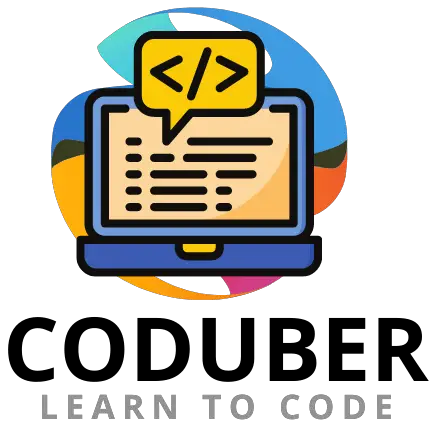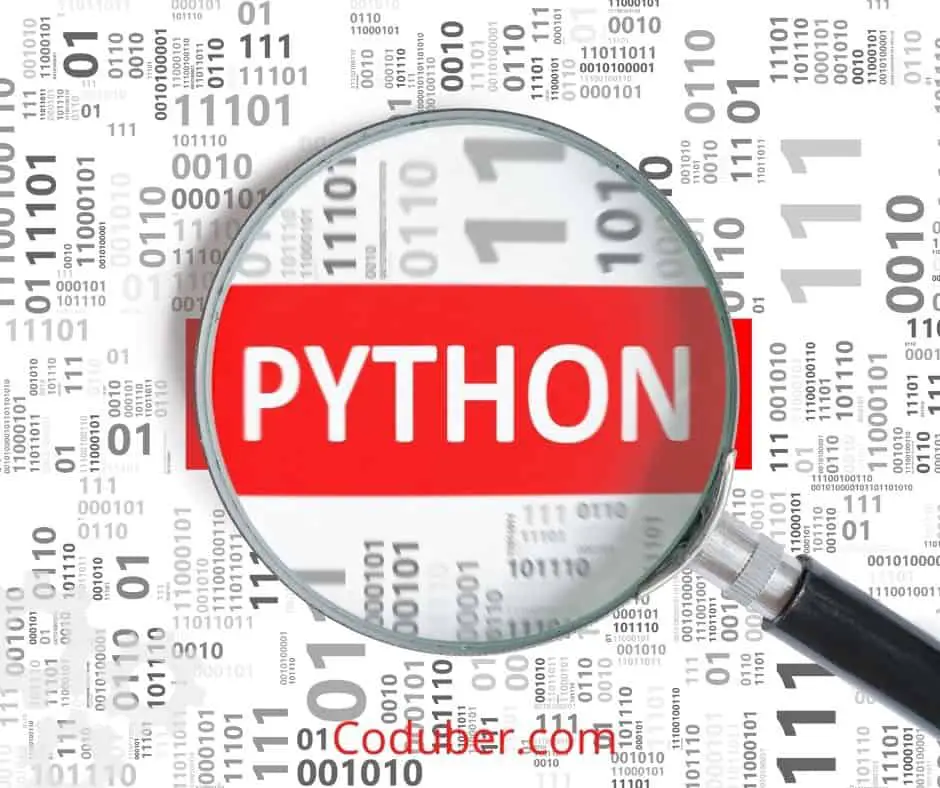[Fixed] Python TypeError: ‘list’ object is not callable
Using parenthesis instead of square brackets to index the elements of a list is the most common cause of TypeError: ‘list’ object is not callable in Python. The purpose of this tutorial is to explain what the TypeError ‘list’ object is not callable error means and how to resolve this TypeError in your program using … Read more

